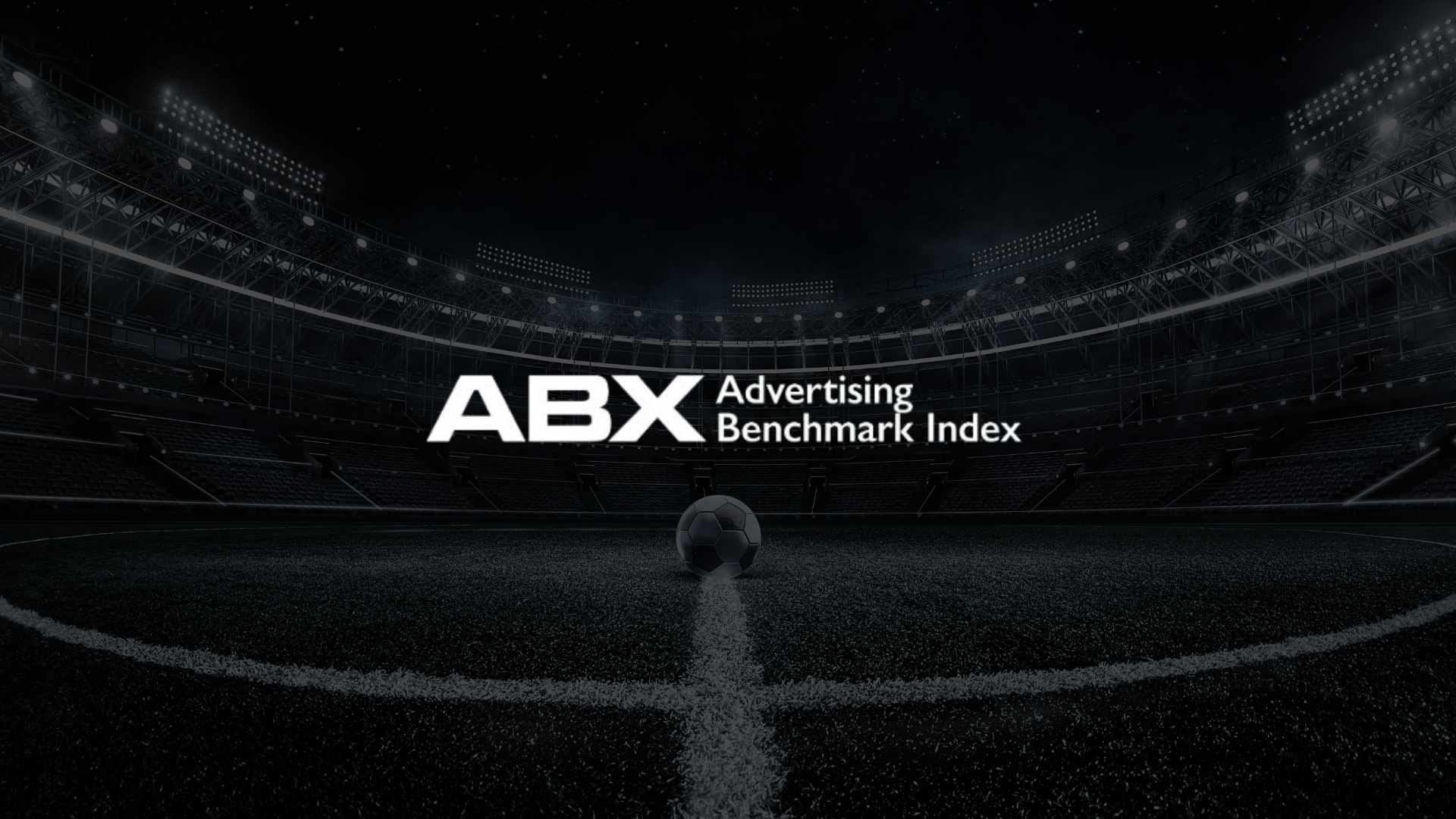Despite billions in ad spend, most global TV commercials are still failing to reach everyone. According to XR’s 2025 Global Accessibility Maturity Index & Trends Report, a mere 10% of TV ads worldwide include accessibility features like closed captions or audio descriptions. That means brands are not only alienating over 1.3 billion people with disabilities—they’re also forfeiting access to a collective $8 trillion in global spending power.
But the accessibility gap extends beyond the disabled community. Captioning, once seen solely as a necessity for the hearing-impaired, is now mainstream viewing behavior. Over 50% of adults—and 75% of millennials and Gen Z—report watching content with captions enabled, regardless of language fluency. It’s a behavioral shift brands can’t afford to ignore.
Captions Boost More Than Inclusion
Beyond reach, accessible advertising drives results. XR’s data reveals that adding closed captions to video ads leads to an 8% lift in ad recall and an 18% increase in brand linkage. In other words: accessibility isn’t just ethical—it’s strategic.
“We’re working to make sure everyone can access our ads,” said Paul Gallagher, Global Brand Accessibility Leader at Procter & Gamble, “because superior reach and communication lead to a superior shopping and product usage experience.”
Yet, most advertisers haven’t caught up.
The State of Accessibility: A Global Snapshot
Now in its second year, XR’s report evaluated accessibility maturity across 15 markets, analyzing 650,000 creative assets and nearly 12 million ad deliveries in more than 100 countries. It examined three key areas: brand adoption, broadcaster readiness, and regulatory support.
Here’s what the data shows:
- Only 9% of TV ads globally included closed captions in 2024. Just 1% offered audio description.
- Brand adoption lags far behind platform readiness. While some broadcasters report 30–100% capability, most brands haven’t broken the 30% mark.
- Connected TV (CTV) ads are worse off, with less than 1% offering any accessibility features.
- Audio description is still in its infancy, with only four markets seeing over 1% adoption.
- The average Accessibility Maturity Index is just 2.3, placing most markets in “Emerging” or “Developing” stages.
This imbalance reveals a key bottleneck: the infrastructure is often there, but brands aren’t using it.
Accessibility as a Growth Lever
For industry leaders, the message is clear: accessibility is more than compliance—it’s competitive advantage.
“Making ads more accessible isn’t just the right thing to do, it’s a smart business decision,” said Donna Bungard, Director of Accessibility at Indeed. “From busy airports to noisy cafes, captions benefit everyone. Inclusive design expands your reach, plain and simple.”
XR CEO John Batter added, “Millions of impressions are lost when viewers can’t understand the message. Accessible advertising ensures every impression connects.”
Closing the Gap
As regulators push harder for inclusive design and consumer behavior shifts in real time, brands that continue to deprioritize accessibility risk falling behind. Meanwhile, innovators that integrate accessibility early—especially on rapidly growing channels like CTV—stand to gain a performance edge.
XR, for its part, has already supported accessibility features across hundreds of thousands of video creatives, embedding captions and audio descriptions into both linear and streaming ads. But to change the industry, broader adoption is essential.
The bottom line? Accessibility isn’t a checkbox—it’s a growth channel. And the brands that embrace it now won’t just reach more people—they’ll resonate more deeply.




